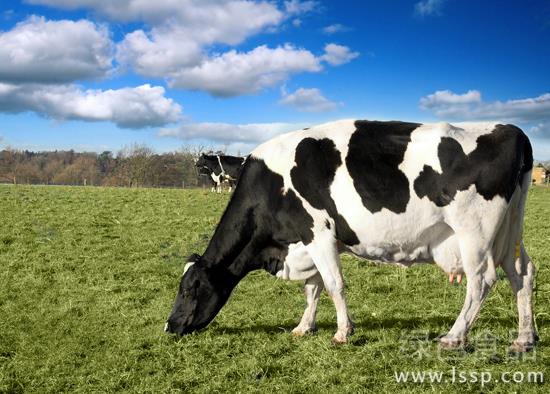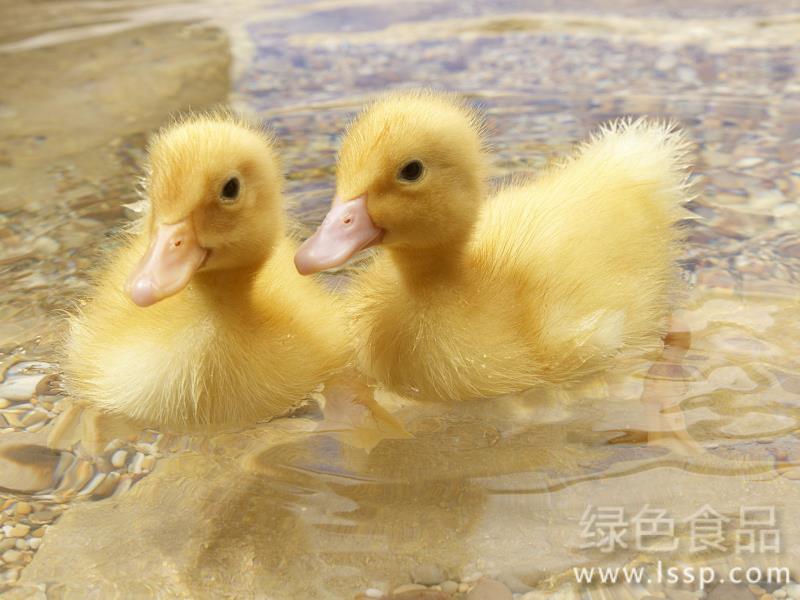Be careful when using silage in spring the main points of silage feeding dairy cows
The silage is formed by sealing the crop straw in an oxygen-free environment and the fermentation of lactic acid bacteria. If the silage is not used and fed properly, it is easy to cause livestock poisoning. Therefore, the editor suggests that cattle farmers should pay attention to the following four aspects when feeding silage to dairy cows:

Cow
1. Ensure feed quality. The color of high-quality silage is green or yellowish brown, the smell is wine, the texture is soft and moist, and the veins and villi on the stems and leaves can be clearly seen. The silage with poor quality and glued together shows that there is more moisture, while some are loose, dry and hard, indicating less moisture. Must choose high-quality silage, for the color is black or dark brown, smelly in sour, or even moldy, rotten, deteriorated silage should be thrown away immediately, do not feed cows. If cows are fed with deteriorated silage, it is very easy to cause miscarriage.
two。 Scientific access to feed. Silage must be taken from one end of the silage pond, layered from top to bottom according to a certain thickness, to prevent mixing into the soil, and never dig holes in the silage pond. The amount of feed is determined by the amount of feed for one day at a time. In early spring, there still exists the phenomenon of slight freezing. After the silage is removed, the mouth of the silage pool must be sealed immediately to prevent the deterioration of the silage caused by cold weather and long-term contact with the air.
3. Grasp the amount of feed. Cows fed for the first time may be unaccustomed to the sour taste of silage, so they should follow the principle of gradual progress from less to more. You can put hay in the upper layer and silage in the lower layer to feed the cow on an empty stomach to make it adapt gradually. In general, calves after weaning can be fed with silage. The daily feeding amount of silage for adult dairy cows should be 20-25 kg, and the feeding weight range of weaned calves is 5-15 kg.
4. Pay attention to scientific collocation. The feeding of silage must be scientifically matched with concentrate according to the actual needs of dairy cows in order to improve the feed absorption rate of dairy cows. As far as the north is concerned, the feed ratio of concentrate to silage (containing moisture) in cow feed is more reasonable in the range of 1:3-1. 5. The problem of high acidity of the storage feed can be treated with 5% Mel 10% baking soda or 1% Mel 2% lime water, washed and fed to reduce acidity, improve palatability and promote digestion and absorption.
- Prev

Spring is the best season for brooding. Do a good job in brooding, feeding and management.
Spring is the best season for brooding. Do a good job in brooding, feeding and management.
- Next

Green shrimp and river crab have high yield and good benefit, so it is very important to grasp the "six passes".
Green shrimp and river crab have high yield and good benefit, so it is very important to grasp the "six passes".
Related
- On the eggshell is a badge full of pride. British Poultry Egg Market and Consumer observation
- British study: 72% of Britons are willing to buy native eggs raised by insects
- Guidelines for friendly egg production revised the increase of space in chicken sheds can not be forced to change feathers and lay eggs.
- Risk of delay in customs clearance Australia suspends lobster exports to China
- Pig semen-the Vector of virus Transmission (4)
- Pig semen-the Vector of virus Transmission (3)
- Five common causes of difficult control of classical swine fever in clinic and their countermeasures
- Foot-and-mouth disease is the most effective way to prevent it!
- PED is the number one killer of piglets and has to be guarded against in autumn and winter.
- What is "yellow fat pig"? Have you ever heard the pig collector talk about "yellow fat pig"?

